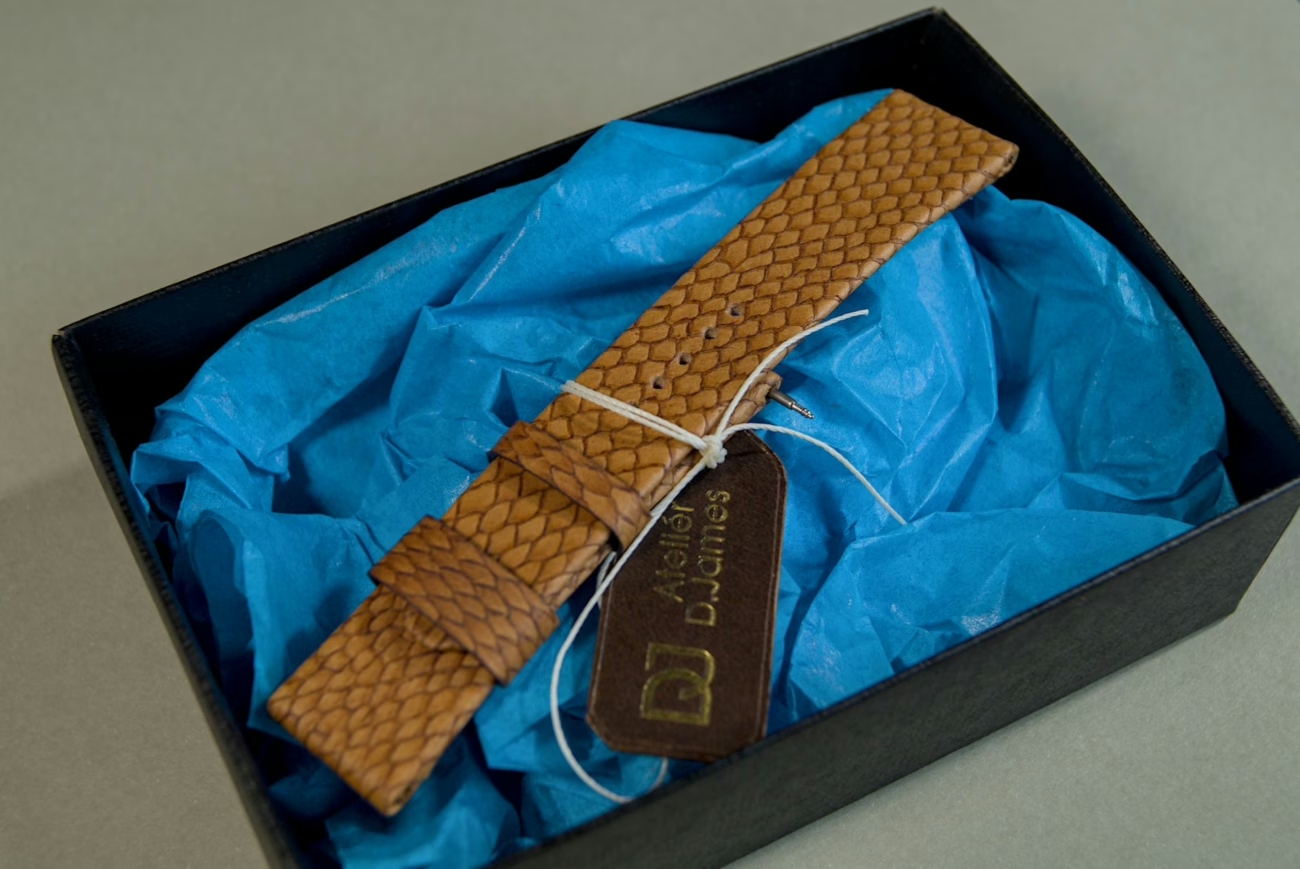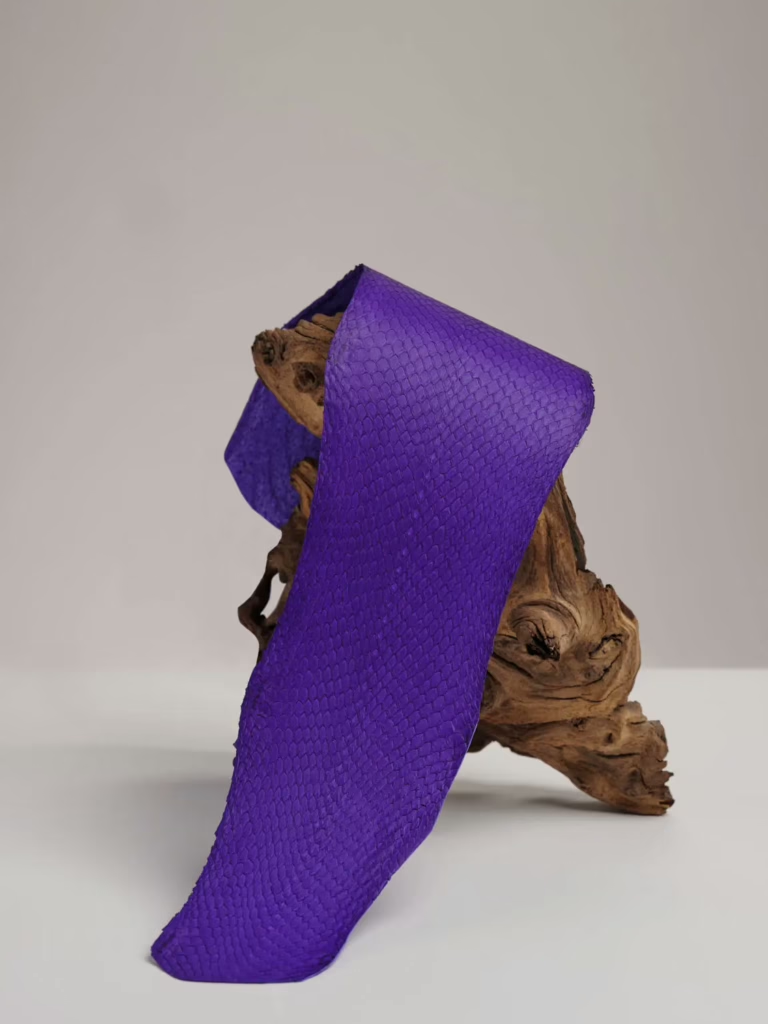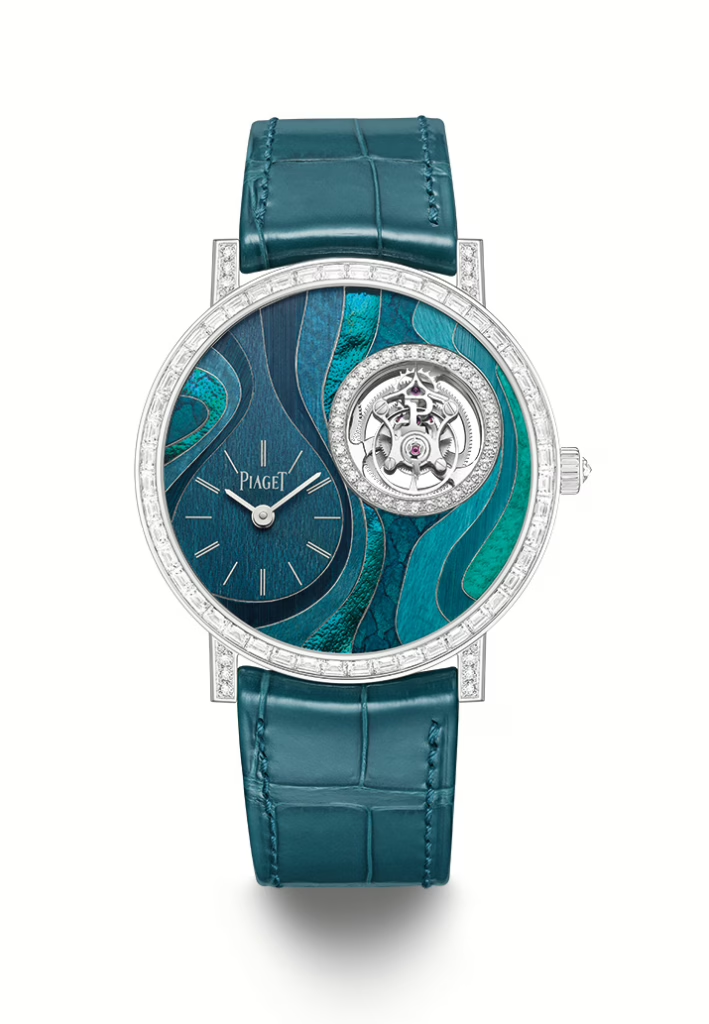Ancient Craft, Modern Luxury: The Aquatic Leather Renaissance
When someone mentions salmon, your thoughts probably spring to dinner rather than luxury leather goods. Yet, crafting leather from fish skin is undergoing a modern revival and it emerges as a sustainable material with the future ahead of it. Not only is it eco-chique – it’s also water-resistant and highly durable due to the criss-cross pattern of the collagen fibres that make up the skin.

Fish leather is not a new thing but has ancient roots that trace back to indigenous populations that lived by the sea coasts and river beds. In Japan, the Ainu people of Hokkaido Island turned salmon skin into boots that they strapped to their feet with ropes. For the Hezhen and Nivkh people of Siberia and northeast China, coats made from salmon was a must-have item, and the Inuit people of Alaska and Canada relied on fish skin to make a wide range of items, such as boots, mittens, and containers.
As essential as the material was to survival, the practice of making it faded in the twentieth century, as indigenous populations assimilated and abandoned their hunter-gatherer lifestyles where fishing was a core part. The knowledge of how to produce fish leather could have slipped into obscurity, but due to growing ethical and environmental concerns about the global leather supply chain it has re-emerged as a sustainable option.
Fish leather is traditionally vegetable-tanned with natural tannins, a process that is less harsh on the environment than commercial chromium tanning. It also recycles a byproduct of the food industry that often goes to waste. Every ton of filleted fish amounts to about forty kilograms of skin which typically finds its way into a landfill, production of fertilizer, or simply gets tossed back into the sea. With millions of tons of fish being consumed globally every year, that’s a lot of potential high-end leather going lost.

In 2019, the European Union started funding project FishSkin with research aimed at preserving world cultural heritage and developing fish skin into a sustainable raw material for the fashion industry. Luxury brands like Prada, Christian Dior, and Louis Vuitton have started to use fish leather to make shoes, clothes, and bags.
There are new tanneries springing up and refining the existing tanning methods. One of these is the French tannery Ictyos which makes beautiful aquatic leathers from French river trout, wolffish, sturgeon, and salmon. Their turquoise trout leather went on the striking dial of Piaget’s tourbillon in the Metaphoria collection, which seeked to imitate the beauty of nature.

We recently started making straps with trout leather from Ictyos here at Ateliér D. James as we adhere to sustainability as well as quality in our products. The straps we’ve made so far are truly eye-catching and offer something unique. Why not wear your dinner to the party? We promise it will get you noticed and make for an excellent talking point.